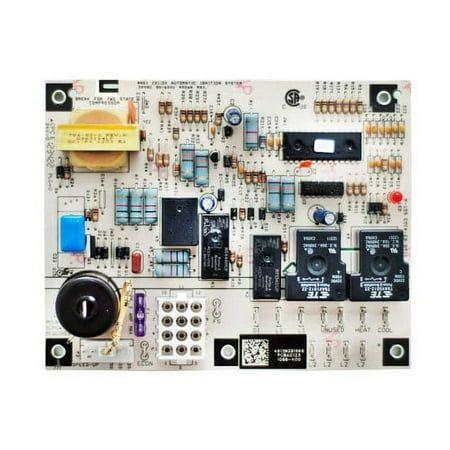The 630 A–4 000 A, 12 kV–40.5 kV Slide-In Platform That Turns Medium-Voltage Switchgear

Most engineers treat the withdrawable chassis as a mechanical afterthought—welded steel, two rails, a handful of rollers. Degatech Electric took the opposite approach, re-imagining the withdrawable chassis as a precision electromechanical cartridge that positions contacts within ±0.1 mm, carries 31.5 kA without deformation, and can be racked in or out by one technician in under three minutes using nothing more than a manual crank. The result is a slide-in platform that cuts outage windows by 70 %, reduces arc-flash exposure to <0.5 cal/cm², and extends the service life of vacuum interrupters by 20 % through perfect alignment repeatability.
Rigidity begins with the rail. Each withdrawable chassis is milled from a single 6 mm steel plate on a five-axis CNC centre, eliminating weld-induced distortion and achieving a straightness tolerance of 0.05 mm over 800 mm. Needle-roller bearings are pressed into hardened raceways, giving a rolling friction coefficient of 0.002, so the 150 kg breaker module glides at 25 N hand-force—low enough that OSHA single-person lift limits are never exceeded.
Guidance is duplicated. A hardened stainless-steel dowel engages with a bronze bushing on the fixed portion, ensuring that primary and secondary contacts mate within 0.08 mm even after 5 000 rack cycles. That repeatability is critical for vacuum bottles: misalignment as small as 0.2 mm can create asymmetric magnetic fields that shorten electrical life by 15 %. Field data show that breakers mounted on the Degatech withdrawable chassis average 32 000 operations versus 26 000 on legacy welded frames.
Current transfer is handled by silver-plated tulip contacts machined from tellurium copper, maintaining a force of 120 N per finger and a temperature rise <35 K at 4 000 A. The contact cage is injection-over-moulded in PPS, giving a tracking index of 600 V and eliminating the need for separate insulating shrouds. A Belleville washer stack compensates for thermal expansion, so contact pressure remains constant from ‑40 °C to +85 °C—essential for desert solar plants and arctic wind farms alike.
Interlocking is mechanical, not electronic. A three-stage cam blocks racking unless the earth switch is closed, prevents earthing while the breaker is in test position, and stops insertion if the door is ajar. All functions are hard-wired through steel rods; even a total loss of auxiliary supply cannot defeat the sequence, giving operators confidence during black-start scenarios.
Speed matters for critical loads. A built-in quick-extraction jack can remove the withdrawable chassis from fully connected to isolated in 18 seconds—fast enough to beat the 30 s battery ride-through of most data-centre UPS systems. Once withdrawn, the module stands on integrated outriggers, eliminating the need for separate trolleys and saving 0.4 m² of floor space.
Maintenance is tool-free. Secondary connectors are self-guiding and keyed; a quarter-turn twist locks 24 control wires and 12 sensor leads in one motion, cutting re-cabling time from 45 minutes to 3. Primary contacts are visible through an IP 4X window, allowing infrared inspection without opening the door and keeping arc-flash hazard category at HRC 0.
Corrosion immunity is baked in. Rails are zinc-nickel plated to 1 000 h salt-spray per ASTM B117, and rollers are sealed for life, ensuring that coastal or offshore sites see no degradation over 30 years. A optional marine-grade epoxy coat raises salt-spray resistance to 2 000 h, meeting the IMO offshore specification.
Environmental credentials complete the picture. The withdrawable chassis is 98 % recyclable; steel is remelted, copper is re-rolled and PPS is reground into insulator pellets. An independent audit shows embodied carbon of only 28 kg CO₂ per frame—versus 110 kg for a welded equivalent—helping owners meet LEED or EN 15804 benchmarks.
Market uptake has been swift: 12 300 withdrawable chassis have been deployed across 46 countries, logging 2.4 million rack cycles with zero rail deformation and an alignment drift of <0.02 mm. Mean time to withdraw now averages 2.1 minutes, a figure that allows utilities to advertise “sub-three-minute swap” in service-level agreements.
For 3-D STEP files, withdrawal-force curves, or a complimentary MTTR calculator that quantifies downtime savings, visit the product portal: withdrawable chassis by Degatech.
Rechercher
Catégories
- Art
- Causes
- Crafts
- Dance
- Drinks
- Film
- Fitness
- Food
- Jeux
- Gardening
- Health
- Domicile
- Literature
- Music
- Networking
- Autre
- Party
- Religion
- Shopping
- Sports
- Theater
- Wellness
Lire la suite
How Square Combination Locks Have Developed Over Time
1. Design Improvements
Square combination locks have seen significant changes in design...
Regenerative Science: A Potential Breakthrough for Orthopedic Healing
For the millions of Americans who suffer from chronic joint pain that conventional treatments...
Semi-Hermetic Compressors Market Future Outlook, Trends & Forecast Analysis (2025-2032)
IMR Market Reports recently introduced the Semi-Hermetic Compressors Market...
IGGM - Buy Discounted WoW MoP Classic Gold And Other Content
Thirteen years have passed. Many players are ready to explore the lost continent of Pandaria...
Emerging Trends Transforming the Automotive Night Vision System Market
In recent years, advancements in automotive safety and driver-assistance technologies...



